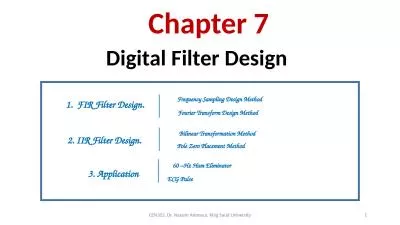PPT-King Saud University
Author : myesha-ticknor | Published Date : 2016-09-08
College of Engineering IE 341 Human Factors Fall 2015 1 st Sem 14367H Applied Anthropometry WorkSpace Design Part I Anthropometry Chapter 13 Prepared by Ahmed
Presentation Embed Code
Download Presentation
Download Presentation The PPT/PDF document "King Saud University" is the property of its rightful owner. Permission is granted to download and print the materials on this website for personal, non-commercial use only, and to display it on your personal computer provided you do not modify the materials and that you retain all copyright notices contained in the materials. By downloading content from our website, you accept the terms of this agreement.
King Saud University: Transcript
Download Rules Of Document
"King Saud University"The content belongs to its owner. You may download and print it for personal use, without modification, and keep all copyright notices. By downloading, you agree to these terms.
Related Documents














